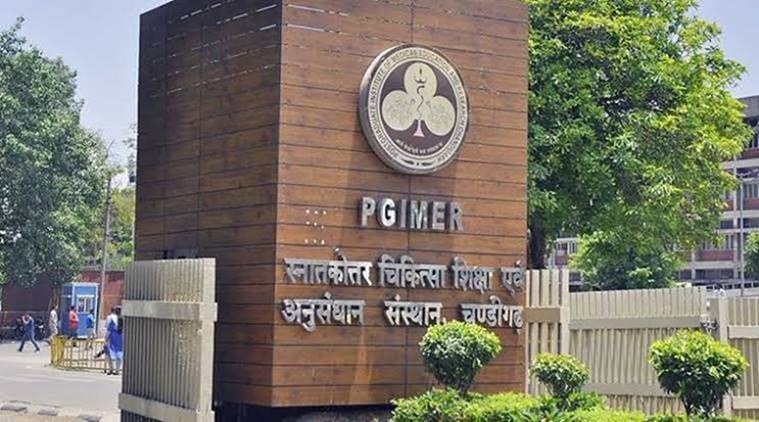 Plasma therapy involves transfusing the plasma from the blood of patients who have recovered from novel coronavirus with the blood of a patient suffering from coronavirus. (File)
Plasma therapy involves transfusing the plasma from the blood of patients who have recovered from novel coronavirus with the blood of a patient suffering from coronavirus. (File)
In an attempt to speed up the recovery of COVID-19 patients, Post Graduate Institute of Medical Education and Research (PGIMER) has sought permission from the Drug Controller of India to begin plasma therapy for those being treated for coronavirus.
“We have sent a proposal but we need permission from the controller to begin the procedure. Right now we are in the middle of attaining the prior permissions and certifications,” says Dr Jagat Ram, Director of PGIMER.
Plasma therapy involves transfusing the plasma from the blood of patients who have recovered from novel coronavirus with the blood of a patient suffering from coronavirus.
The plasma of the recovered patient will have antibodies to the pathogen, which is the SARS COV -2 in this case, and it is believed that these anti-bodies can help cure a patient who is critically ill from the novel coronavirus.
However, the success of the procedure has not been scientifically guaranteed yet.
“Right now, we do not have many recovered patients in the city, from whom we can derive plasma to begin trials of the therapy,” says Dr R R Sharma, head of department of Blood Transfusion at PGIMER.
Plasma can be extracted from a patient only 28 days, double the incubation period, after he or she recovers from the disease. “Furthermore, we have to ensure that these are patients which were either asymptomatic or had mild symptoms even when they were hospitalised,” adds Dr Sharma.
Apart from the waiting period, doctors also have to conform to the blood donation criteria. “We have to check whether they have the right hemoglobin levels, whether they have any underlying disease or an infectious disease, such as HIV or hepatitis or malaria. It is the same procedure as with every other blood donation,” says Dr Sharma.
Doctors can either extract whole blood from donorsand separate the plasma or use a machine that specifically extracts plasma from the blood. “The separation of plasma from whole blood reduces the amount of plasma extracted to around 200 to 250 ml, but the machines that exclusively collect plasma extracts around 400-500 ml of plasma,” explains Dr Sharma.
Although the dose of plasma required for the therapeutic process has not been defined for COVID-19, Dr Sharma adds that in most cases, 400 ml of plasma should be enough to treat the patient.